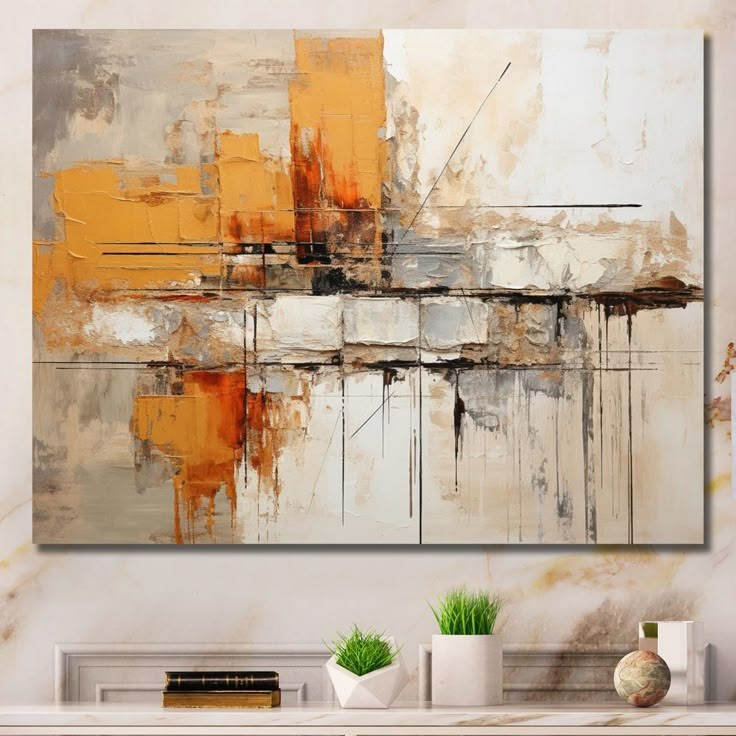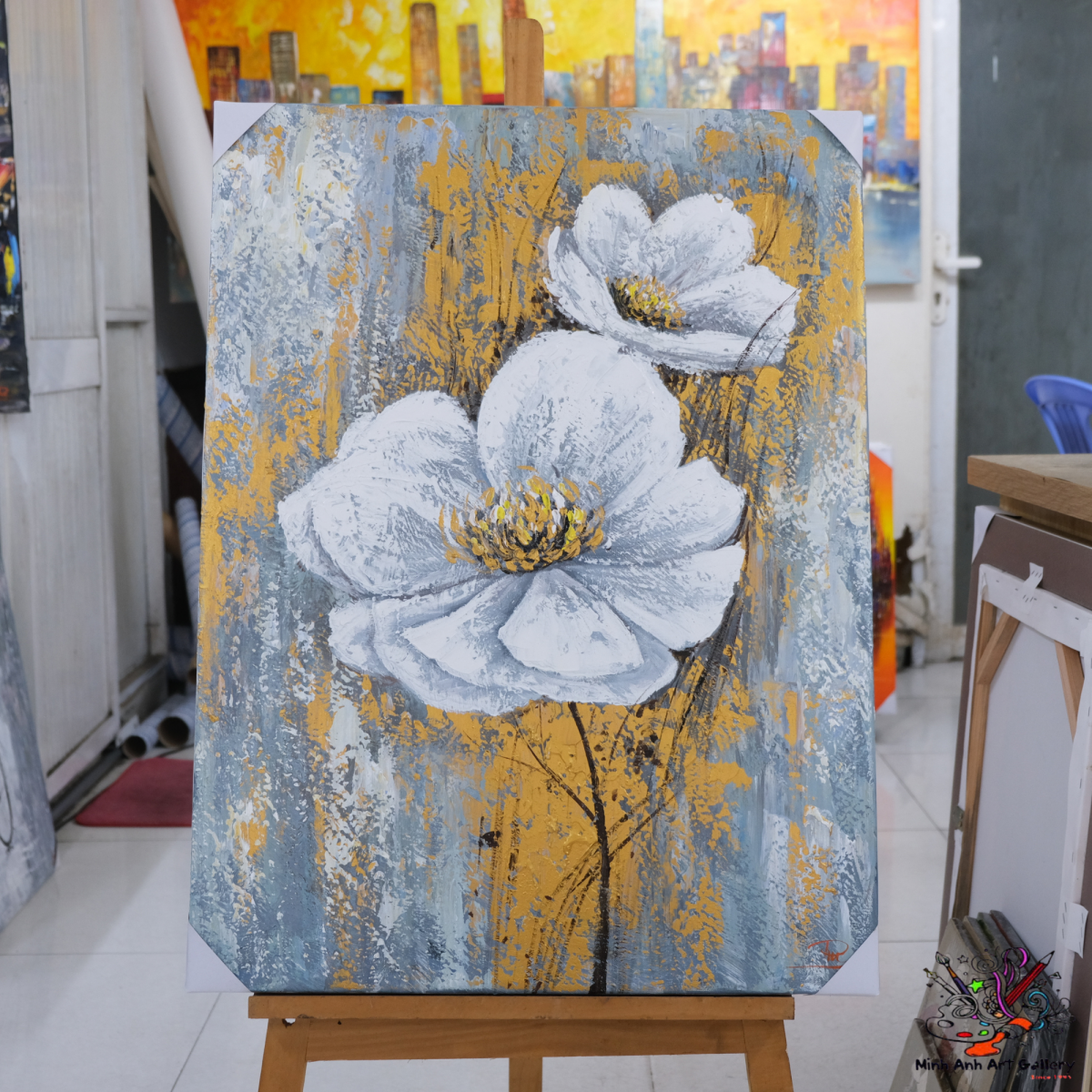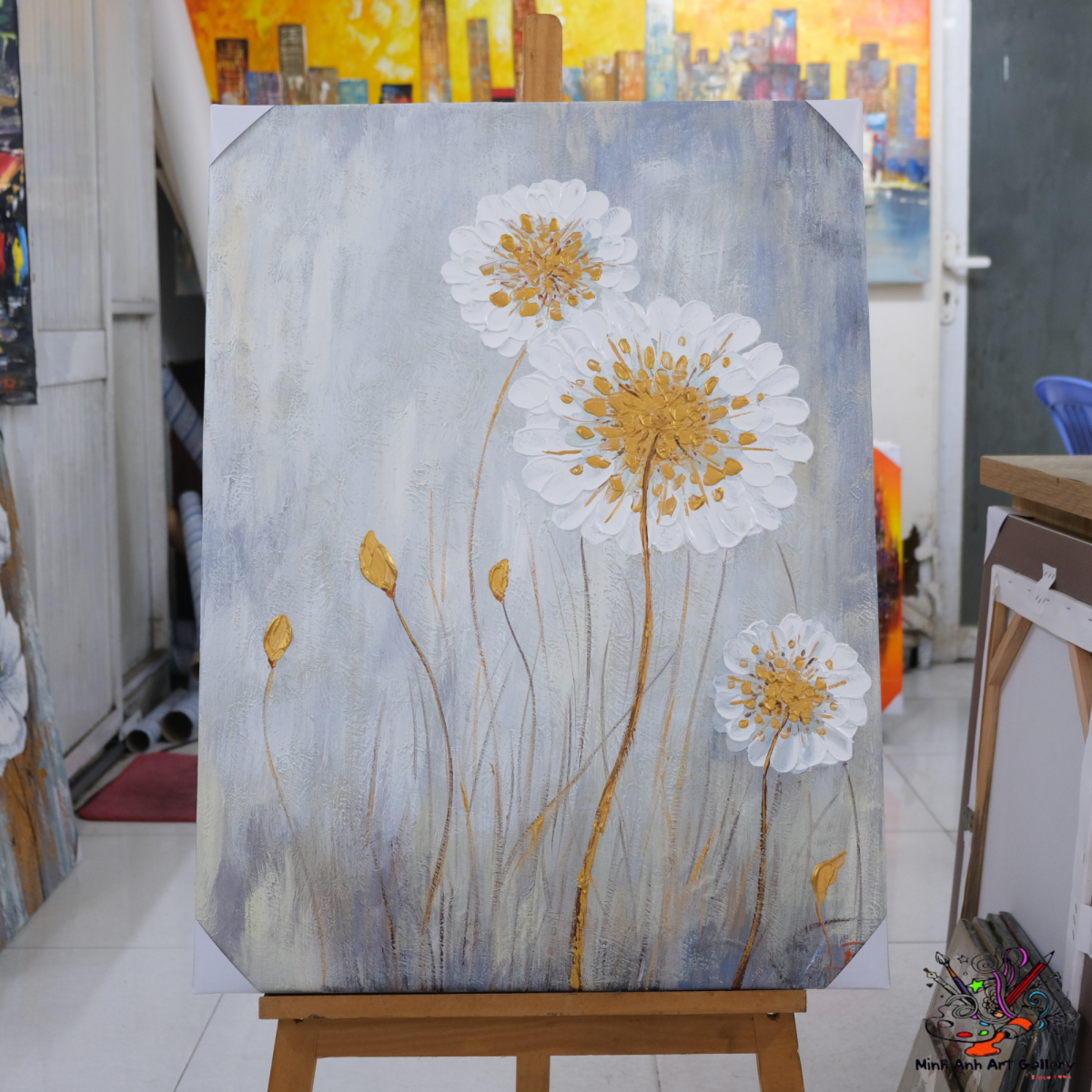Ever walked into an art collection gallery and felt something—an emotion you couldn’t explain? That’s no accident. Artists are deeply invested in how their work is presented in curated art collections. It’s not just about putting pretty pieces together; it’s about telling a story, sharing a vision, and creating an experience.

Let’s be clear—curation is not just lining up artwork on a wall. It’s a meticulous craft, a delicate dance of placement, lighting, mood, and theme. Artists want you to know that behind every curated display is a purposeful decision.
A collection carries emotion. Artists pour their hearts into their work, and when these works are curated, it’s like composing a visual symphony. Each piece complements the next, building an emotional arc that speaks to the viewer.
Every brushstroke tells a story, but curation amplifies that voice. A well-curated collection becomes a megaphone for the artist’s intent, allowing their message to resonate louder and clearer.
Think of curation as storytelling. Not every piece makes the cut, and that’s intentional. Artists value when curators honor the narrative by carefully selecting works that connect with one another, emotionally or thematically.
Curators and artists often work hand-in-hand, but sometimes visions clash. Artists want viewers to understand the behind-the-scenes discussions that shape what you see.
The best curators act as translators, not editors. They respect and preserve the artist’s intent while shaping the art collection into something cohesive and meaningful.

That little blue square in the corner? It might symbolize grief. That repetition of shapes? It could reflect an obsession. Artists hope you’ll look beyond the surface and uncover these visual metaphors.
Even the order of artworks tells a story. The piece you see first versus last? It matters. Artists care deeply about the journey your eyes take across their work.
What used to live in mansions now shines in contemporary art gallery spaces. Artists are thrilled by how their work reaches broader audiences, shifting from hidden gems to celebrated statements.
Emerging artists, once boxed into obscurity, now take center stage. Modern art collections highlight current voices and redefine what’s considered “classic.”
In a world drowning in screens, physical art gallery exhibitions give you the chills—literally. Seeing texture, color, and scale in person can’t be replicated online. Artists want you to feel their work, not just see it.
Many artists embrace digital showcases, but they also worry about losing emotional connection. A screen flattens nuance; a gallery breathes life into a painting.
With platforms like art collection online, artists can reach audiences across continents. It’s democratizing art in ways the old gatekeepers never imagined.
But not everything is rosy. Artists worry about image distortion, lack of control over arrangement, and the dilution of their artistic voice in templated digital spaces.
From the Louvre to local landmarks, famous art collections inspire generations. Artists study these collections to learn, grow, and connect with the artistic lineage that came before them.
Artists aren’t just creators—they’re students. They look up to iconic collections as benchmarks, drawing both motivation and humility from the masters.
Unlike sprawling museums, private art galleries offer a more intimate environment. Artists love these spaces for their focused ambiance and direct communication with viewers.
Private galleries are often the first to take a chance on newcomers. These smaller spaces play a huge role in shaping the careers of emerging talent.
Not every beautiful piece is “fine art.” A fine art collection is defined by its timelessness, quality, and the story it weaves through its components.
To artists, “fine” isn’t about price—it’s about depth. It’s work that holds up over time, transcends trends, and keeps giving meaning with every viewing.
An art gallery collection tour is more than sightseeing. It’s a dialogue. Artists wish viewers would ask more, dig deeper, and engage actively with their pieces.
Guided tours with artist insights can transform how you see a piece. Suddenly, a blur becomes a memory, and a shape becomes a scream of emotion.

So, what do artists want you to know? That curated art collections aren’t just for museums—they’re personal, powerful, and purposeful. Whether you’re visiting a collection in a contemporary art gallery or browsing an art collection online, know that every choice was intentional, every piece part of a bigger story. Artists don’t just want to be seen—they want to be understood.
1. What is a curated art collection?
A curated art collection is a group of artworks selected and arranged purposefully to express a cohesive story, emotion, or theme.
2. Why do artists care about curation?
Curation influences how their work is perceived. It can either amplify or distort their intended message.
3. What’s the difference between physical and online curation?
Physical curation offers a sensory experience, while online platforms provide wider accessibility but may lose some nuance.
4. How can I appreciate art like an artist?
Look deeper than the surface, ask questions, and consider what story the artist may be telling through each element.
5. Are private galleries better for discovering new artists?
Yes! They often highlight emerging talent and provide a more intimate space to connect with their work.
Message:
This article is brought to you by Minh Anh Art Gallery – Where every brushstroke tells a story.
Gallery: 101 Bui Vien St, District 1, Ho Chi Minh City, Viet Nam
Phone: (+84) 962 720 484
Email: minhanhart.vn@gmail.com
Website: https://minhanhart.vn/